Aquatic Therapy for Fibromyalgia and Complex Regional Pain Syndrome
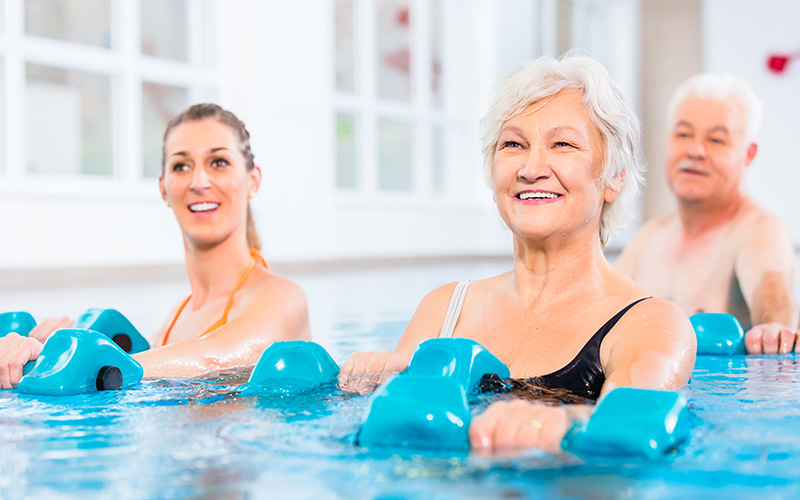
Does Aquatic or Water Based Physical Therapy Help With Fibromyalgia & Easing Pain?
It is well documented how aquatic therapy benefits many orthopaedic diagnosis, but not many know of the benefits it has for Fibromyalgia and Chronic Regional Pain Disorder (CRPS). The Mayo Clinic states that Fibromyalgia is a disorder characterized by widespread musculoskeletal pain accompanied by fatigue, sleep, memory and mood issues. Researchers believe that fibromyalgia amplifies painful sensations by affecting the way your brain processes pain signals. The Mayo Clinic describes Complex Regional Pain Syndrome (CRPS) as a form of chronic pain that usually affects an arm or a leg and the cause isn’t clearly understood. The pain is out of proportion to the severity of the initial injury. CRPS occurs in two types, with similar signs and symptoms, but different causes:



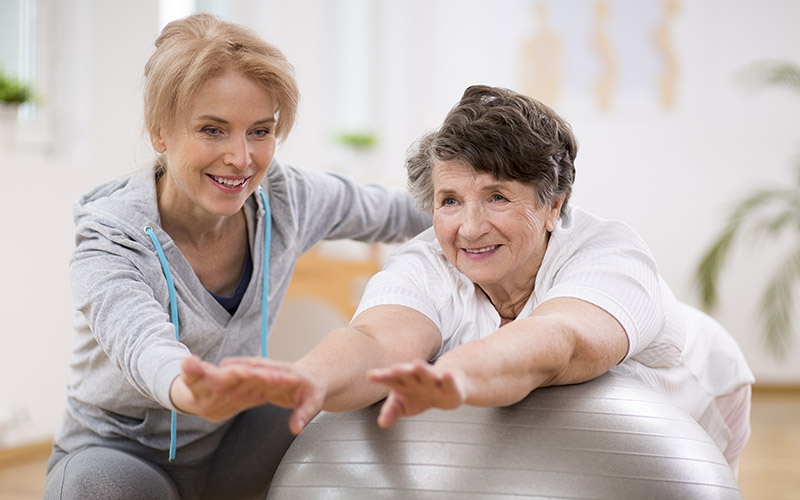
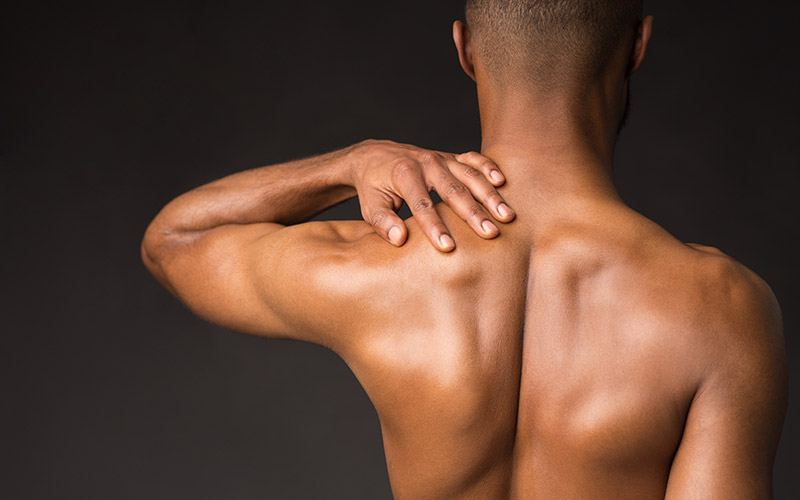
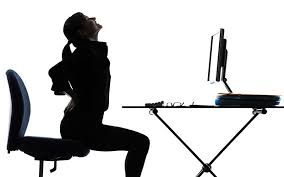 Most people know the importance of ergonomics and how it can help decrease injury at work. Ergonomics (per OSHA) is the study of work and is based on the principle that the job should be adapted to fit the person, rather than forcing the person to fit the job.
Most people know the importance of ergonomics and how it can help decrease injury at work. Ergonomics (per OSHA) is the study of work and is based on the principle that the job should be adapted to fit the person, rather than forcing the person to fit the job. 

 Ergonomics have really progressed over the years from different sitting postures to sit-stand stations. Ergonomics (per OSHA) is the study of work and is based on the principle that the job should be adapted to fit the person, rather than forcing the person to fit the job. Ergonomics includes restructuring or changing workplace conditions to make the job easier and reducing/stressors that cause cumulative trauma disorders and repetitive motion injuries. In the typical upright sitting posture desk set up, the employee’s torso and neck are approximately vertical and in-line with each other, their thighs are approximately horizontal, and the lower legs are vertical. In the typical standing posture, the employee’s legs, torso, neck, and head are approximately in-line and vertical.
Ergonomics have really progressed over the years from different sitting postures to sit-stand stations. Ergonomics (per OSHA) is the study of work and is based on the principle that the job should be adapted to fit the person, rather than forcing the person to fit the job. Ergonomics includes restructuring or changing workplace conditions to make the job easier and reducing/stressors that cause cumulative trauma disorders and repetitive motion injuries. In the typical upright sitting posture desk set up, the employee’s torso and neck are approximately vertical and in-line with each other, their thighs are approximately horizontal, and the lower legs are vertical. In the typical standing posture, the employee’s legs, torso, neck, and head are approximately in-line and vertical.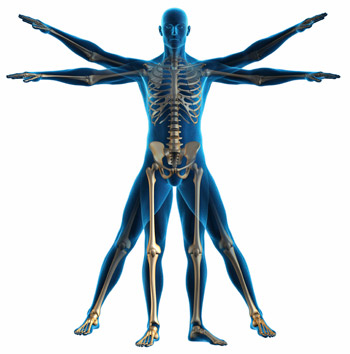 Starting therapy shouldn’t be a scary thing. Therapy is meant to decrease a patient’s symptoms and pain. It increases strength, improves mobility and functional tolerances. Therapy will allow you to return to what you want to do in your life. Physical Therapy (PT) is when health problems or impairments make it hard to move and function due to injury, surgeries, or pain. Physical therapist are trained to treat any body part, but there are also specialist (pediatric, neurological, TMJ, etc). This article will focus on the outpatient orthopedic setting. Occupational therapy (OT), in an outpatient setting, focuses on the upper extremity (specifically wrist, hand, and elbow). ProActive’s OTs are all certified hand therapist (CHT). A CHT is an OT or PT by profession with at least five years of experience, plus 4,000 hours of hand therapy practice (upper extremity rehabilitation), and passes a certification examination that demonstrates knowledge of all areas of hand therapy. The therapist are here to help you return to your ideal lifestyle.
Starting therapy shouldn’t be a scary thing. Therapy is meant to decrease a patient’s symptoms and pain. It increases strength, improves mobility and functional tolerances. Therapy will allow you to return to what you want to do in your life. Physical Therapy (PT) is when health problems or impairments make it hard to move and function due to injury, surgeries, or pain. Physical therapist are trained to treat any body part, but there are also specialist (pediatric, neurological, TMJ, etc). This article will focus on the outpatient orthopedic setting. Occupational therapy (OT), in an outpatient setting, focuses on the upper extremity (specifically wrist, hand, and elbow). ProActive’s OTs are all certified hand therapist (CHT). A CHT is an OT or PT by profession with at least five years of experience, plus 4,000 hours of hand therapy practice (upper extremity rehabilitation), and passes a certification examination that demonstrates knowledge of all areas of hand therapy. The therapist are here to help you return to your ideal lifestyle.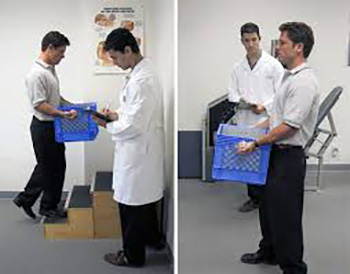
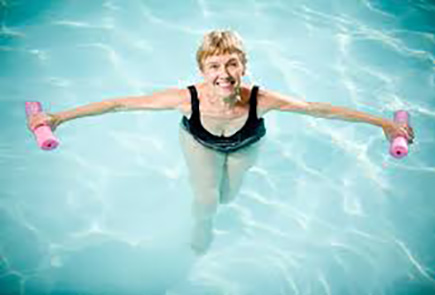 Arthritis affects 40 million people (almost 1 out of 6 adults). Osteoarthritis (OA) is the leading reason for joint replacement surgery in people over age 60. More than a million people every year are getting a total joint replacement; most typically they are an artificial hip or knee. The goals of therapy after a replacement (knee or hip) are pain relief, decrease edema, strengthening; stretching/flexibility, improving range of motion (ROM), progression of ambulation (decreased deviations and increased distance), independence with activities of daily living (ADL), proprioceptive training to improve body awareness and balance, and lastly to return to functional activities. Aquatic therapy has numerous benefits that assist with these goals, and patients don’t even have to know how to swim.
Arthritis affects 40 million people (almost 1 out of 6 adults). Osteoarthritis (OA) is the leading reason for joint replacement surgery in people over age 60. More than a million people every year are getting a total joint replacement; most typically they are an artificial hip or knee. The goals of therapy after a replacement (knee or hip) are pain relief, decrease edema, strengthening; stretching/flexibility, improving range of motion (ROM), progression of ambulation (decreased deviations and increased distance), independence with activities of daily living (ADL), proprioceptive training to improve body awareness and balance, and lastly to return to functional activities. Aquatic therapy has numerous benefits that assist with these goals, and patients don’t even have to know how to swim.